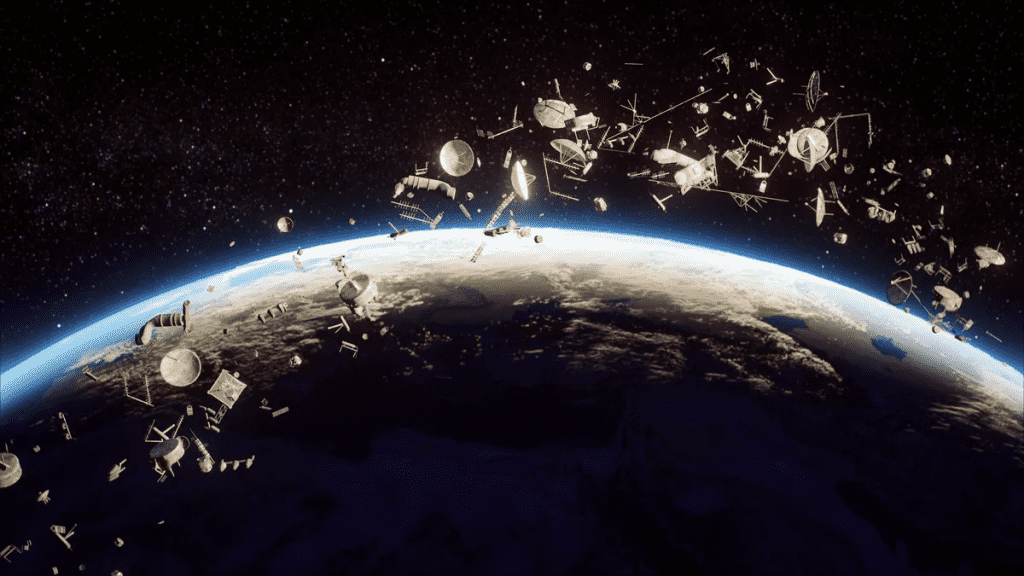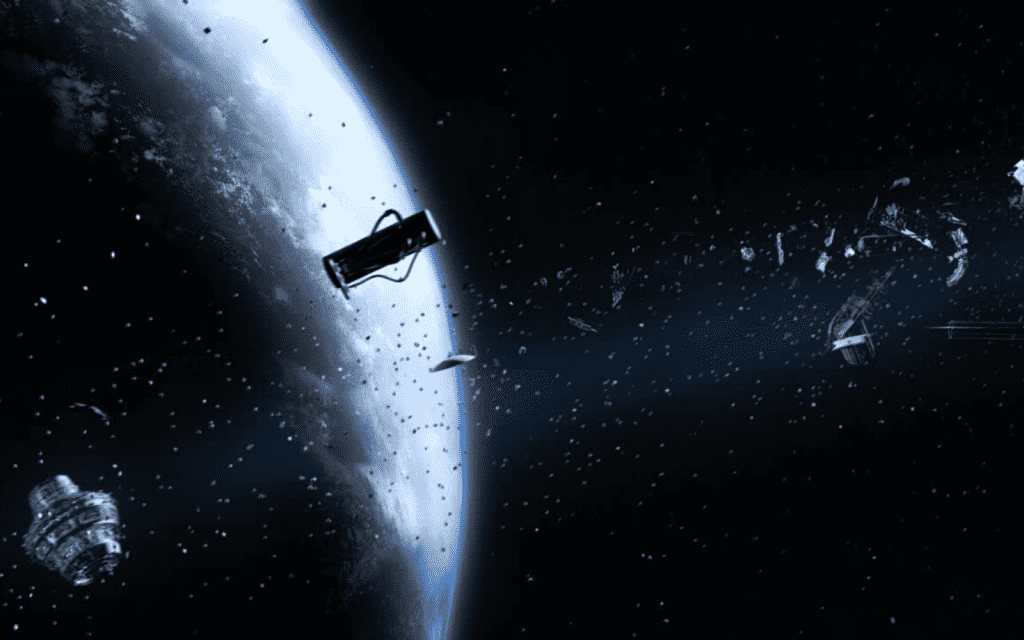Every day, we are threatened by falling space junk. These objects have the potential to reach the surface and cause death and destruction to life on Earth.
A recent study published in Nature Astronomy estimated the likelihood of deaths brought on by falling space debris over the next ten years. The study focused on the unexpected increase of artificial space debris from satellite and rocket launches, including abandoned rockets.

The scientists calculated the locations of rocket debris and other space junk when they fell to Earth using mathematical modelling of rocket part inclinations and orbits in space, population density and 30 years old historical satellite data.
The analysis found that southern latitudes had a little higher chance than northern latitudes of seeing fragments resurface within the next ten years. In addition, the likelihood of a rocket fatality landing is three times higher in Jakarta, Indonesia, Dhaka, Bangladesh, or Lagos, Nigeria than in New York, the United States, Beijing, China, or Moscow.
In addition, the danger of uncontrolled rocket reentry over the next ten years was also estimated, and the researchers found that under the assumption that each reentry scatters debris over an area of ten square metres, there is a 10% chance that there would be one or more casualties during the next ten years.

The likelihood of satellite and rocket debris damaging the Earth’s surface or air traffic is a widely held assumption. The number of disasters in space and on Earth is anticipated to increase as more people enter the rocket launching industry.
However, several organisations are worried about the potential dangers. For example, the European Space Agency plans a four-armed robot mission to gather and remove space trash. To further prevent any deleterious repercussions, the UN created a set of Space Debris Mitigation Guidelines in 2010, which were updated in 2018. Unfortunately, these are only guidelines and do not provide any law and order on how to organise or carry out mitigation actions.
The recent study concluded that improved technology and mission design would lessen the probability of global hazards by reducing spacecraft debris reentry. However, uncontrolled rocket body reentries are a challenge that calls for interdisciplinary work.
Researchers worldwide are developing and testing methods to solve the space junk issue. Such activities would have to be carefully planned and coordinated. Since the issue of space trash is global, governments worldwide should be having serious discussions about how to deal with it.
Let’s hope that the discussions, choices, and technology outpace the problem.


